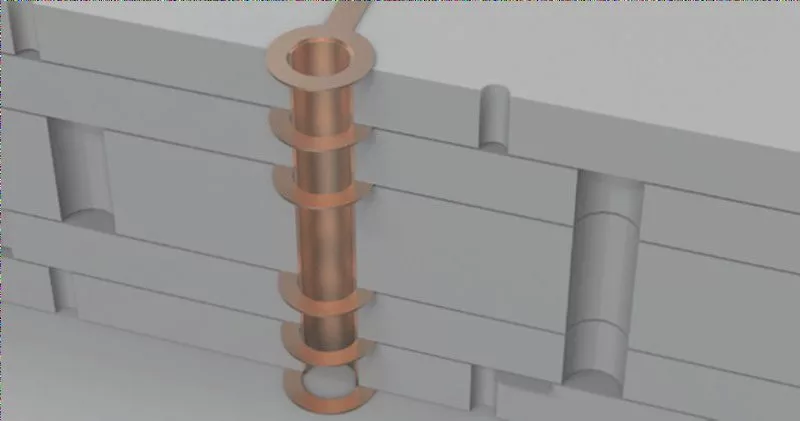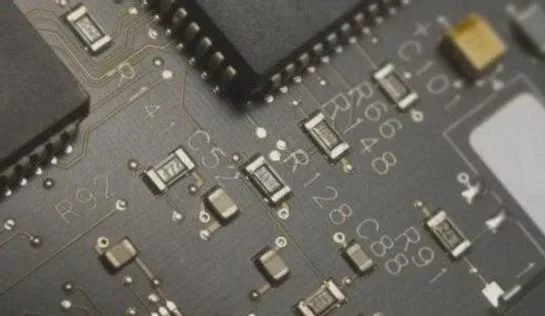Optimizing PCB Gold Plating Processes for International Export Quality
Post-Processing Best Practices for Gold-Plated PCBs
After gold plating PCB manufacturing, immediate cleaning with hot water ensures water-free printing and meets international appearance quality standards. For export-oriented PCB production, avoid acidic storage environments to prevent gold surface discoloration. Critical steps include:
- Prompt removal of pad paper
- Thorough inspection for upstream process defects
- Implementation of quality control measures for PCB export
Solder Mask Optimization for Global Markets
Selecting the right PCB solder mask ink for high-temperature applications significantly impacts final product quality. Our testing revealed:
“TARUM TT-9G ink demonstrated zero discoloration in gold plating PCB assembly, while competing products showed visible whitening under identical conditions.”
Key process adjustments for international quality compliance:
- Precise text baking board timing
- Optimized temperature parameters
- Specialized ink selection for high-reliability PCB manufacturing
Solving Common PCB Gold Plating Defects
Color Variation Challenges
In PCB fabrication for export markets, color consistency is paramount. Common causes and solutions:
| Issue | Solution |
|---|---|
| Nickel tank contamination | Complete tank replacement |
| Excessive nickel ions | Chemical analysis and adjustment |
| Insufficient palladium | Concentration optimization |
Surface Quality Improvements
For PCB suppliers targeting international buyers, surface defects represent critical quality failures:
- Rough coating solutions: Temperature/pH adjustment, enhanced filtration
- Exposed copper prevention: Process review, degreasing control
- Gold peeling mitigation: Phosphorus content analysis, reducing agent optimization
Advanced Techniques for Export-Quality PCBs
Implement these PCB manufacturing best practices for global market competitiveness:
- Enhanced wet film development monitoring
- Micro-etching time optimization
- Chemical solution quality control
- Pretreatment process strengthening
Bonding Integrity Assurance
For high-performance PCB applications, nickel-copper bonding requires:
- Meticulous surface preparation
- Regular chemical solution testing
- Cu+ content monitoring
Conclusion: Meeting International Quality Standards
Successful PCB export manufacturing demands rigorous adherence to process control protocols. By implementing these gold plating quality assurance methods, manufacturers can:
- Reduce defect rates by up to 40%
- Meet stringent international customer requirements
- Enhance product reliability for global markets
For PCB manufacturers in China serving international clients, these process optimizations create competitive advantages in quality and consistency.




